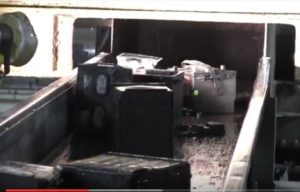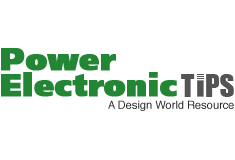You can say one thing about February 18, National Battery Day: It shows how to make a good that ends up being almost 100% recycled.
 Figures provided by the Environmental Protection Agency (EPA) show that 99% of lead batteries are recycled, making them the most recycled consumer good in the U.S. It is easy to see why this is so — returning a lead-acid battery to a retailer generally lets consumers collect a $5 core charge. If consumers could return their plastic water bottles for a core charge, one might surmise these items also might hit the 99% recycled mark.
Figures provided by the Environmental Protection Agency (EPA) show that 99% of lead batteries are recycled, making them the most recycled consumer good in the U.S. It is easy to see why this is so — returning a lead-acid battery to a retailer generally lets consumers collect a $5 core charge. If consumers could return their plastic water bottles for a core charge, one might surmise these items also might hit the 99% recycled mark.
To increase awareness on lead batteries, Battery Council International (BCI) released a video featuring the recycling of lead battery’s primary components: lead, plastic and acid. It turns out that all the lead gets purified and re-alloyed so it can go back into new lead-acid cells. The plastic gets ground up and pelletized so it can be recycled into plastic battery cases. The reclaimed acid is purified into sodium sulfate which is dried and sold for use in glass refining or in powdered laundry detergent.
What is perhaps more interesting, however, is that lead-acid battery recycling facilities must go to great lengths to keep lithium-ion batteries from accidently going into the lead-acid recycling stream. Otherwise, the consequences can be suboptimal:
Rather than stick lithium-ion batteries in a recycling bin to plague unsuspecting battery recyclers, consumers can actually collect Li-ion cells and make a few bucks. Who knew?
Or, if you want lithium metal for some reason, there are ways to get it from old batteries:


Leave a Reply